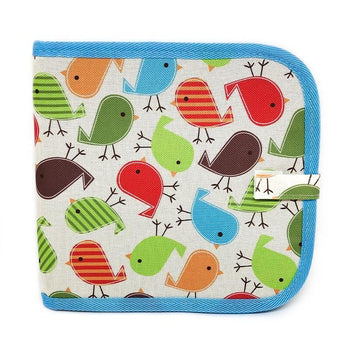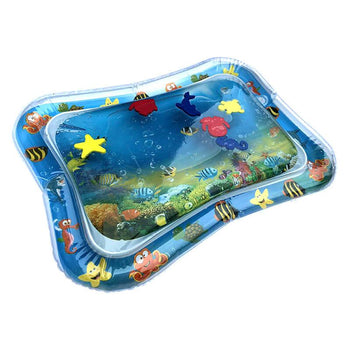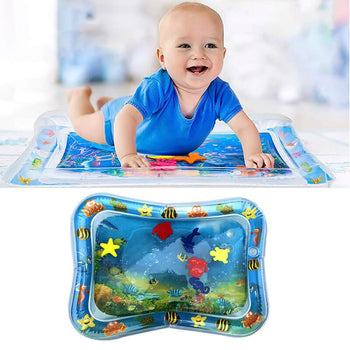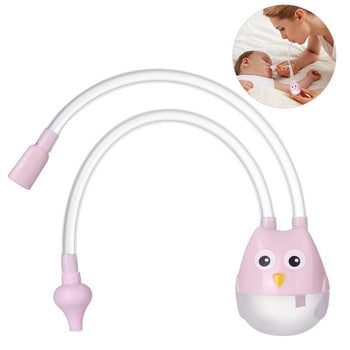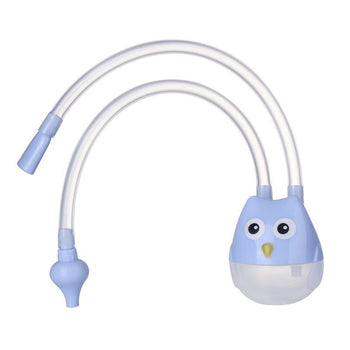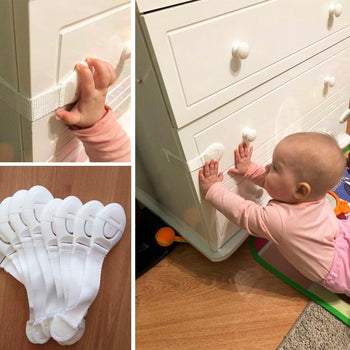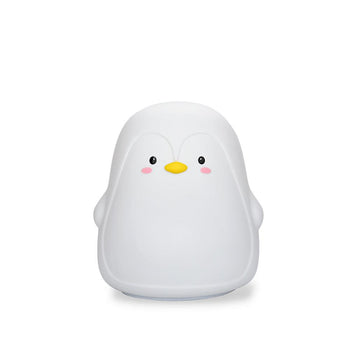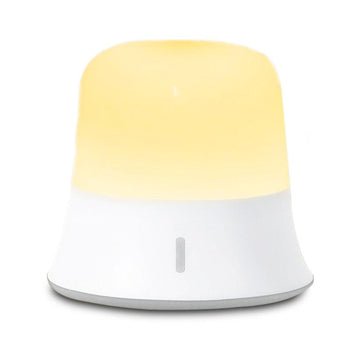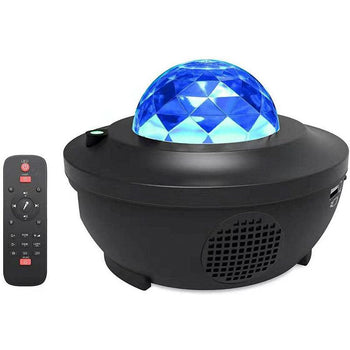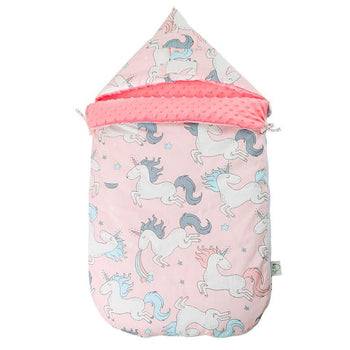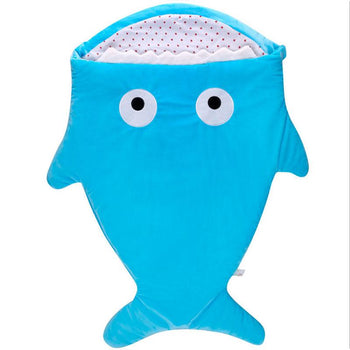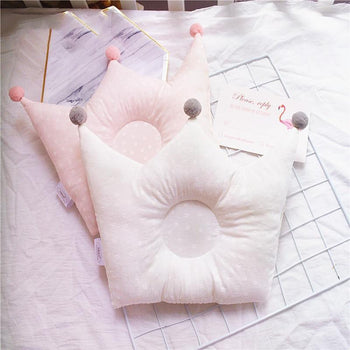It can be frustrating when your child was doing their naps well and all of a sudden they start to get shorter or more random. If this sounds familiar, don't worry, we have some quick tips for you!
In today's article, we've got 10 quick tips you can put into practice right now to help your little one take better naps .
If nap time hasn't been restful at all lately, read on for some helpful tips.
1/ Pay attention to signs of sleep.
It can be difficult to tell when your baby is ready for a nap , but by paying attention to signs of sleep, you can make sure he gets the rest he needs. Yawning , eye-rubbing, and blank stares are all signs that it might be time to take a nap.
If your child starts to fuss, he's already too tired, so try putting him to bed a little earlier next time. (Note that sleepiness signals are visible for the first six months or so, but after that you may need to start watching the clock a little more closely to determine nap time).
2/ Do not skip naps
Missed naps lead to more missed naps (even if that seems counterintuitive). Also, if your baby or toddler skipped a nap during the day, you may need to put them to bed earlier to compensate. Babies, toddlers, and preschoolers need naps to be healthy and happy.
But remember that not all children are made for the same schedules, and it may take some trial and error to find what works best for your family.
3/ Baby does not want to take a nap
If your baby simply refuses to nap, that's okay: take a break and try again later. Do not push the siesta too far; it is often better to take a break and start again later.
A nap is an important time of a baby's day, but it can sometimes be difficult to get it.
Discover here 7 reasons why babies don't take naps
4/ Avoid baby TV
Don't use screens or television as pre-nap tools to calm your child. Too much time spent in front of the television can lead to less sleep at nap time (or even no nap at all). So limit your child's exposure to television as much as possible and ensure that this time is well before or well after the nap.
5/ The right schedule is essential
Naps are essential for babies, but knowing how to space them properly can be tricky. They should be spaced out from mealtimes, and should not be too close to waking up or bedtime.
Check out our sample newborn sleeping and feeding schedules!
6/ Have a nap routine
The bedtime routine is great, as is the nap routine! We generally recommend doing a shorter, mini version of your bedtime ritual before nap time. Keep it short, but make sure it's comfortable and relaxing, and prepares your baby or toddler for sleep.
7/ An environment suitable for babies
If you're struggling to get your child to nap during the day, you're not alone! Dim light and silence are generally conducive to naps. If your child's room is too bright, try blackout blinds; if her nap environment is too noisy, we recommend trying white noise. Most children nap best in a quiet, dark environment.
Find out more about it by clicking here
8/ Establish a coherent nap program.
If you have a busy schedule, try to ensure that at least one nap (preferably the first in the morning) takes place at home. This will give your baby some much needed rest and help keep him alert during the day.
Napping on the go isn't usually as restful as napping at home in a crib or bed. If you can, try to establish a regular nap schedule so your baby can get used to the routine.
9/ Regressions or transition
There are several things you can do if your baby's nap habits suddenly change. If your baby was taking naps well and suddenly isn't taking them anymore, it's probably two things: a sleep regression or an imminent transition to a single nap (Excluding, of course, illness or teething as cause).
If your baby experiences sleep regression, there's not much you can do but wait. On the other hand, if your baby is about to switch to a single nap, there are steps you can take to ease the transition.
In particular, you can gradually shorten your baby's current nap times until the transition. This will help him get used to taking one long nap instead of two short ones.
10/ Learning to nap
When it comes to teaching your baby or toddler to nap independently, remember that it can be more difficult than teaching them to fall asleep at bedtime. Many parents find it helpful to start sleep training at bedtime, then move on to naps once they've mastered nighttime sleep.
There are some things you can do to make the process easier, like gradually adjusting nap times and maintaining consistent bedtime rituals.
Napping is an important part of a baby's or toddler's day , and it can be difficult to know how to space it out properly. Our sample timetables by age should help you get started! The bedtime routine is great, as is the nap routine! Most children nap in a quiet, dark environment. If you're having trouble getting your child to nap during the day, try one of our tips for establishing a consistent nap schedule . Pay attention to regressions, they are normal but usually short-lived. Finally, remember that learning to nap can take some time, but it's worth it for you and your child!
I hope this article has enlightened you on the subject, do not hesitate to share your experiences with us in the comments.
Do you know the perfect tool to help baby fall asleep? Click here to know more.
Do you want your baby to sleep through the night?
In this free guide , you'll discover 5 things you absolutely need to know.
With a unique approach and practical tools for success, this guide will help you and your baby sleep better through the night.































